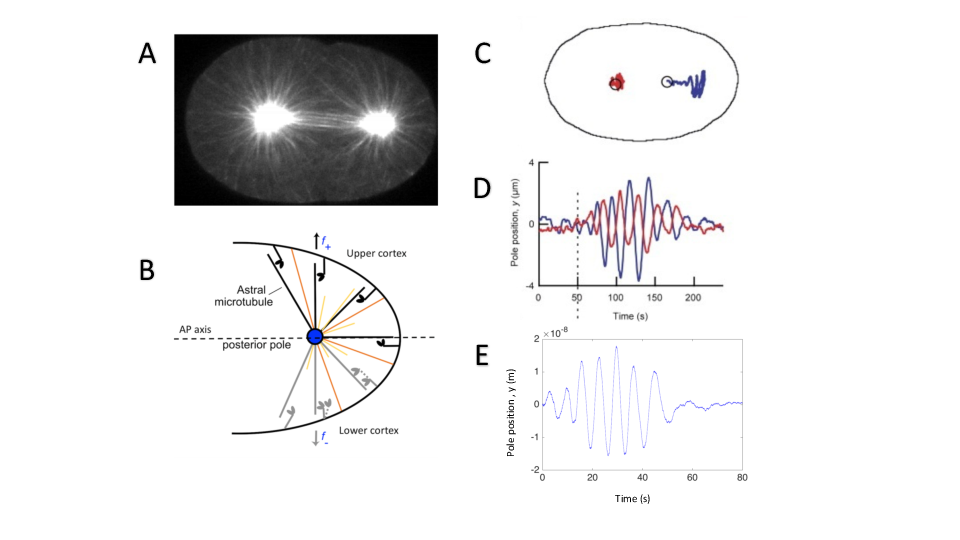Section: New Results
Data assimilation and modeling of cell division mechanism
Participants : Ancageorgiana Caranfil, Charles Kervrann.
Nowadays, medical challenges demand a profound understanding of cellular mechanisms. Research in biology, biophysics and medical domain unravelled a significant part of the general processes occurring at the cellular level. It has enabled the understanding of much smaller scale processes, but our knowledge on these mechanisms is still limited as new, more complex issues need to be solved. In this context, we aim at understanding the role and interaction of the molecular key players at different scales, and their individual and collective impact on the global mechanism at the cell level. To this purpose, we have focused on the dynamics of the spindle during cell division mechanism. Our approach consists in creating a biophysical model for this mechanism, and uses data assimilation to adjust the model and optimally integrate the information from the observations. The overall spindle behaviour is led by the spindle poles behaviour. This year, we have proposed a new biophysical model for the posterior spindle pole functioning during metaphase and anaphase, that explains the oscillatory behaviour with a minimum number of parameters. Estimating the model parameters is ongoing, and will provide insights on molecular players role as well as guidance for future experiments to further investigate the dynamics of the spindle during cell division. First, we have focused on the temporal aspect. Spatial information on microtubules and molecular motors will be included in the model in the next part of this work.
Collaborators: Yann Le Cunff and Jacques Pécréaux (IGDR Institute of Genetics & Development of Rennes).



